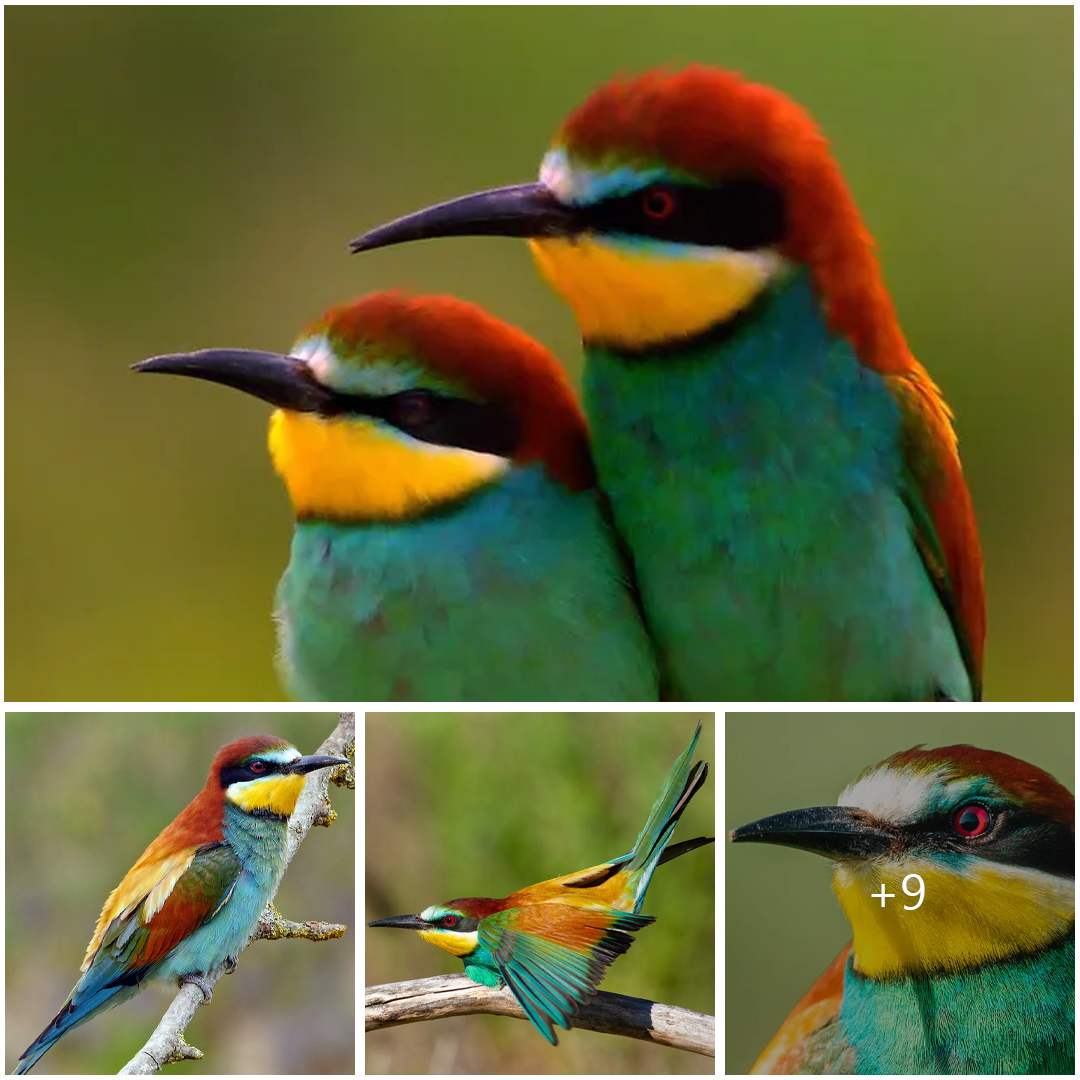
The Bee-Eater: A Colorful Avian Marvel
The Bee-eater, scientifically known as Meropidae, is a fascinating and visually striking bird species found predominantly in Africa, Asia, and parts of Europe. Renowned for its vibrant plumage and distinctive hunting behavior, these birds are a delight to observe in the wild.
Appearance: One of the most captivating features of the Bee-eater is its kaleidoscopic plumage. These birds often sport a combination of vivid colors including shades of green, blue, yellow, and chestnut. Their long, slender bodies are complemented by elongated central tail feathers, adding to their elegant appearance. The slender, downturned bills are adapted for catching and consuming their primary prey – flying insects.
Habitat: Bee-eaters are typically found in open habitats such as grasslands, savannas, woodlands, and scrublands. They are often spotted near water sources like rivers, lakes, and marshes, where insect populations are abundant. Some species also inhabit more arid regions, demonstrating their adaptability to diverse environments.
Behavior and Diet: As their name suggests, Bee-eaters primarily feed on flying insects, particularly bees, wasps, and dragonflies. With remarkable agility and precision, they catch their prey mid-flight, often returning to a favored perch to consume it. Their hunting technique involves aerial acrobatics, as they swoop and glide gracefully through the air to capture insects on the wing.
Bee-eaters are also known for their communal roosting and nesting behavior. During the breeding season, which varies depending on the species and location, these birds form breeding colonies typically located in earthen banks or cliffs. They excavate long nesting tunnels where females lay their eggs, usually in chambers at the end of the tunnel. Both parents take turns incubating the eggs and feeding the chicks once they hatch.
Conservation Status: While many species of Bee-eaters are not currently considered globally threatened, they may face localized threats such as habitat loss, pollution, and disturbance at nesting sites. Conservation efforts focused on protecting their natural habitats and raising awareness about the importance of these birds in maintaining ecological balance are crucial for their long-term survival.
Conclusion: In summary, the Bee-eater is a remarkable bird species renowned for its stunning appearance, aerial prowess, and fascinating behavior. Its presence in various ecosystems serves as a testament to the intricate web of life in which these birds play a vital role. Through conservation efforts and appreciation of their beauty, we can ensure the continued existence of these avian marvels for generations to come.





